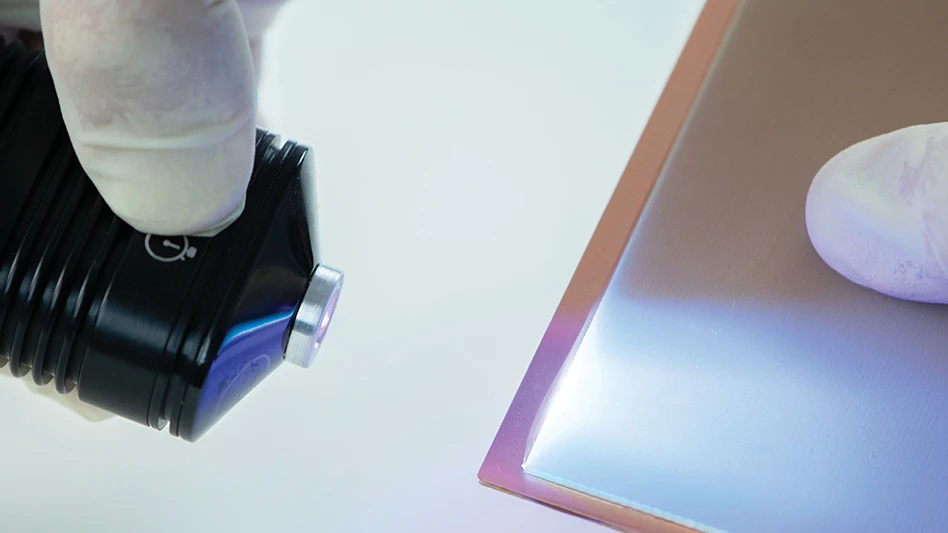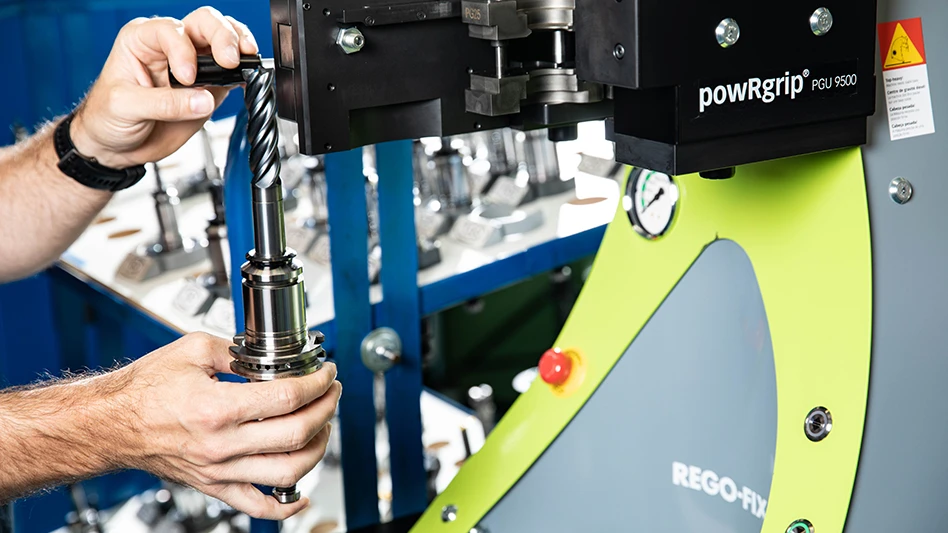 The MIT-engineered device injects a drug without needles, delivering a high-velocity The MIT-engineered device injects a drug without needles, delivering a high-velocityjet of liquid that breaches the skin at the speed of sound. |
Getting a shot at the doctor’s office may b ecome less painful in the not-too-distant future. MIT researchers have engineered a device that delivers a tiny, high-pressure jet of medicine through the skin without the use of a hypodermic needle. The device is programmable to deliver a range of doses to various depths – an improvement over similar jet-injection systems that are now commercially available.
The researchers say that among other benefits, the technology may help reduce the potential for needle-stick injuries; the Centers for Disease Control and Prevention estimates that hospital-based health care workers accidentally prick themselves with needles 385,000 times each year. A needleless device may also help improve compliance among patients who might otherwise avoid the discomfort of regularly injecting themselves with drugs such as insulin.
“If you are afraid of needles and have to frequently self-inject, compliance can be an issue,” says Catherine Hogan, a research scientist in MIT’s Department of Mechanical Engineering and a member of the research team. “We think this kind of technology… gets around some of the phobias that people may have about needles.”
Pushing Past the Needle
In the past few decades, scientists have developed various alternatives to hypodermic needles. For example, nicotine patches slowly release drugs through the skin. However, these patches can only release drug molecules small enough to pass through the skin’s pores, limiting the type of medicine that is deliverable through them.
With the delivery of larger protein-based drugs on the rise, researchers have been developing new technologies capable of delivering them – including jet injectors, which produce a high-velocity jet of drugs that penetrate the skin. While there are several jet-based devices on the market today, Hogan notes that there are drawbacks to these commercially available devices. The mechanisms they use, particularly in spring-loaded designs, are essentially bang or nothing, releasing a coil that ejects the same amount of drug to the same depth every time.
Breaching the Skin
Now the MIT team, led by Ian Hunter, the George N. Hatsopoulos Professor of Mechanical Engineering, has engineered a jet-injection system that delivers a range of doses to variable depths in a highly controlled manner. Build of the design is around a mechanism called a Lorentz-force actuator – a small, powerful magnet surrounded by a coil of wire that attaches to a piston inside a drug ampoule. When current is applied, it interacts with the magnetic field to produce a force that pushes the piston forward, ejecting the drug at very high pressure and velocity (almost the speed of sound in air) out through the ampoule’s nozzle – an opening as wide as a mosquito’s proboscis.
The speed of the coil and the velocity imparted to the drug is controllable by the amount of current applied; the MIT team generated pressure profiles that modulate the current. The resulting waveforms generally consist of two distinct phases: an initial high-pressure phase in which the device ejects drug at a high-enough velocity to breach the skin and reach the desired depth, then a lower-pressure phase where drug is delivered in a slower stream that can easily be absorbed by the surrounding tissue. Through testing, the group found that various skin types might require different waveforms to deliver adequate volumes of drugs to the desired depth.
“If I am breaching a baby’s skin to deliver a vaccine, I will not need as much pressure as I would need to breach my skin,” Hogan says. “We can tailor the pressure profile to be able to do that, and that is the beauty of this device.”
The team is also developing a version of the device for transdermal delivery of drugs ordinarily found in powdered form by programming the device to vibrate, turning powder into a fluidized form for delivery through the skin, much like a liquid. Hunter says that such a powder-delivery vehicle may help solve what the issue known as the cold-chain problem: Vaccines delivered to developing countries require refrigeration if they are in liquid form. Often, coolers break down, spoiling whole batches of vaccines. Instead, Hunter says a vaccine that can be administered in powder form requires no cooling, avoiding the cold-chain problem.
Massachusetts Institute of Technology
Cambridge, MA
www.web.mit.edu

Explore the September 2012 Issue
Check out more from this issue and find your next story to read.
Latest from Today's Medical Developments
- Copper nanoparticles could reduce infection risk of implanted medical device
- Renishaw's TEMPUS technology, RenAM 500 metal AM system
- #52 - Manufacturing Matters - Fall 2024 Aerospace Industry Outlook with Richard Aboulafia
- Tariffs threaten small business growth, increase costs across industries
- Feed your brain on your lunch break at our upcoming Lunch + Learn!
- Robotics action plan for Europe
- Maximize your First Article Inspection efficiency and accuracy
- UPM Additive rebrands to UPM Advanced





